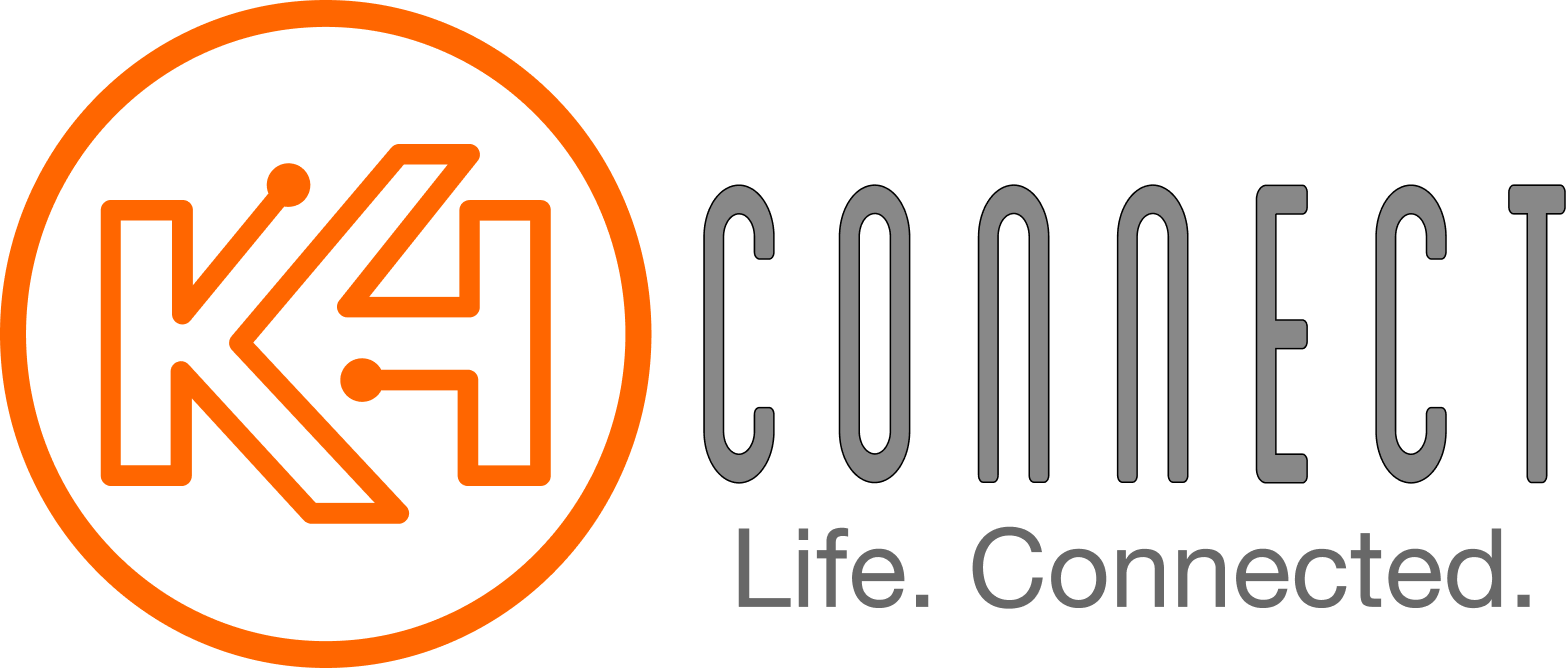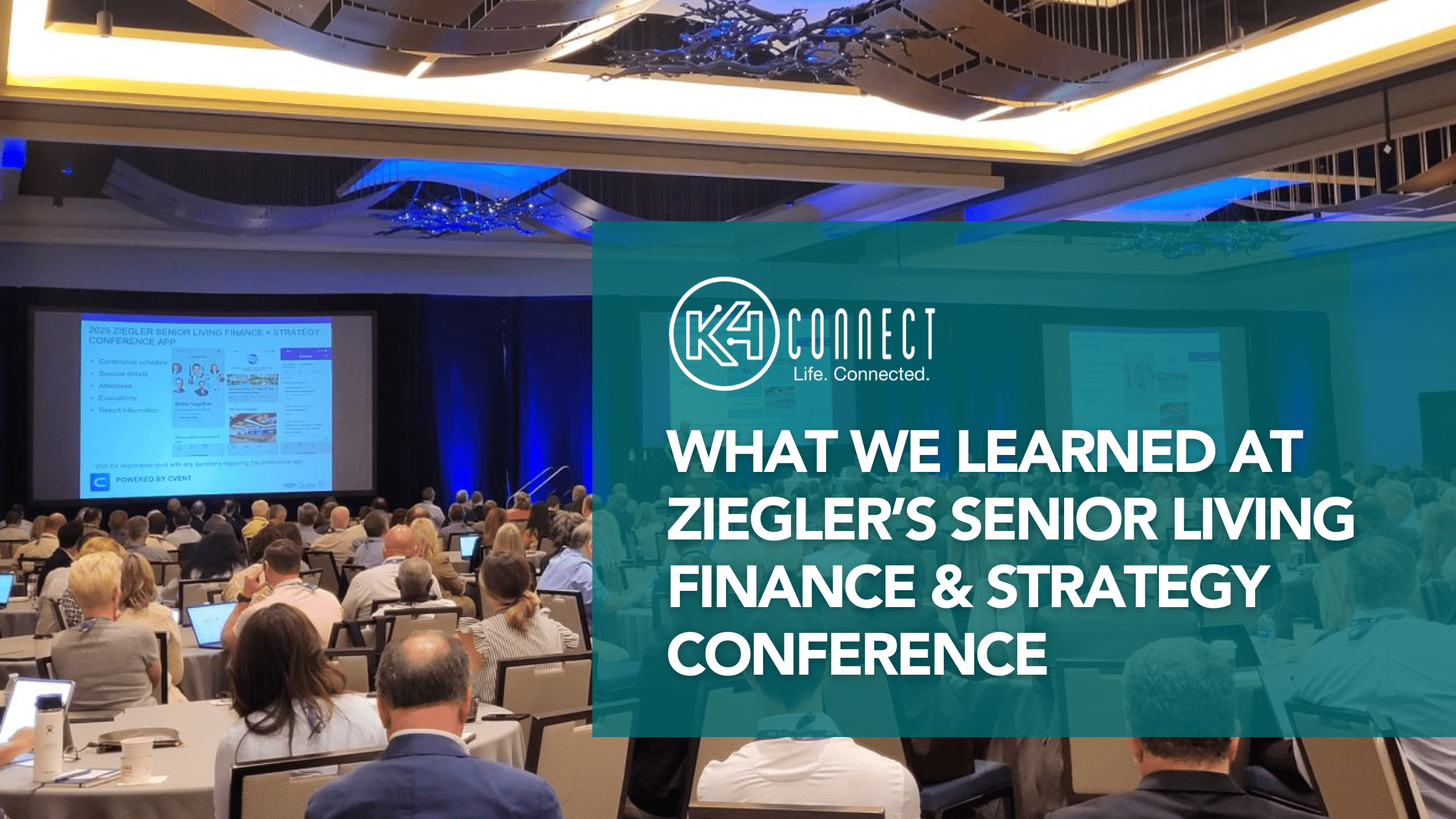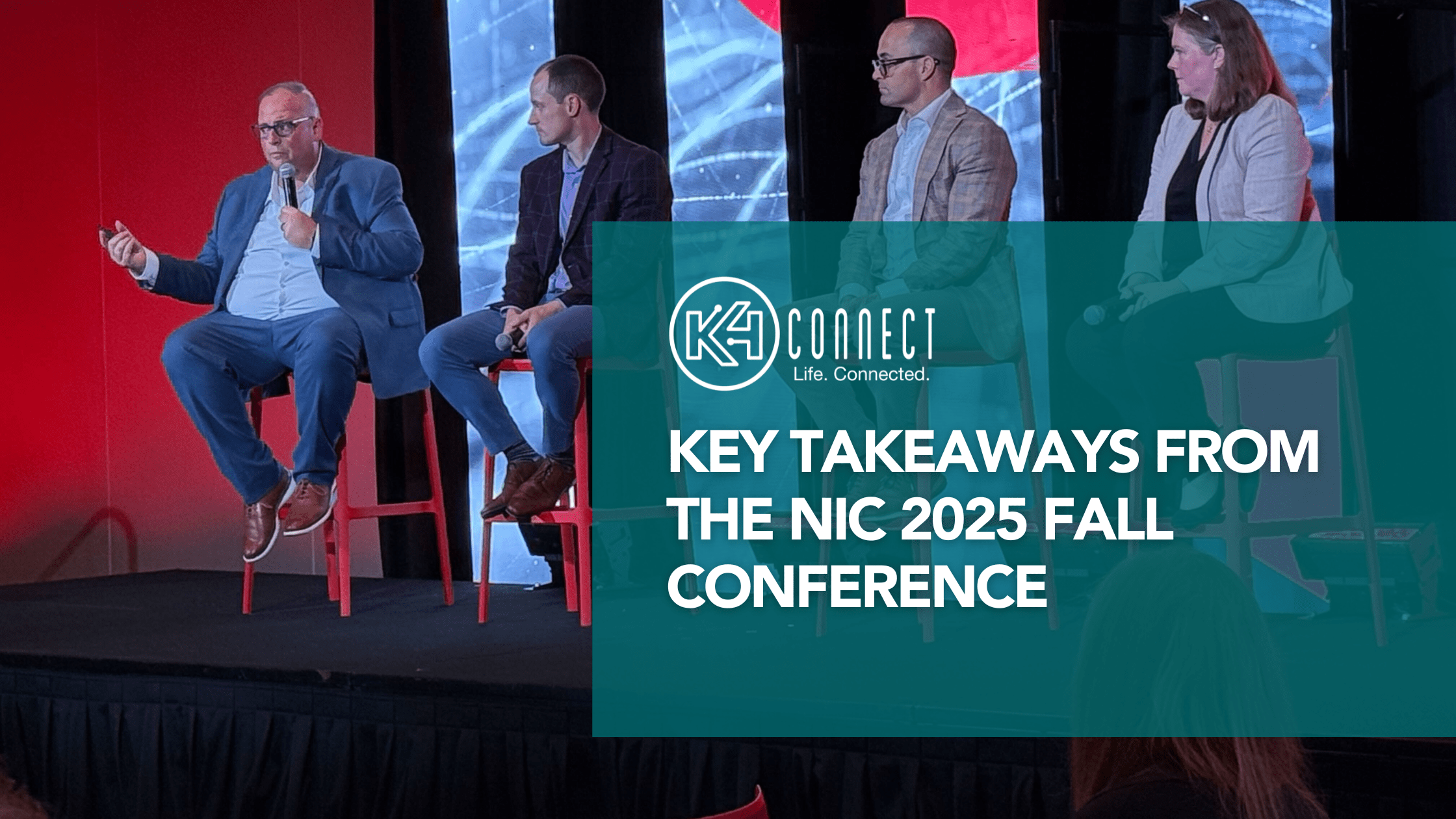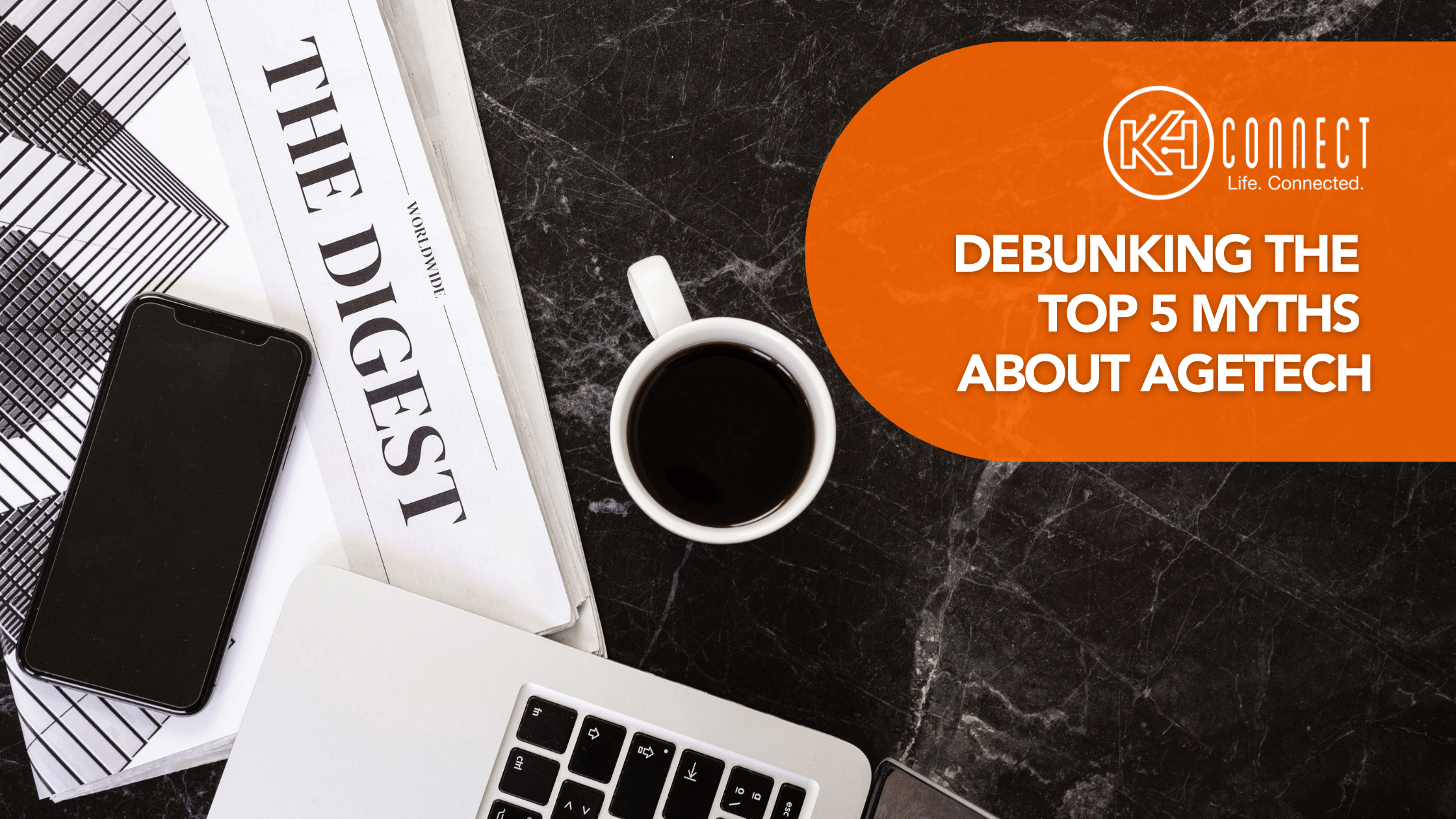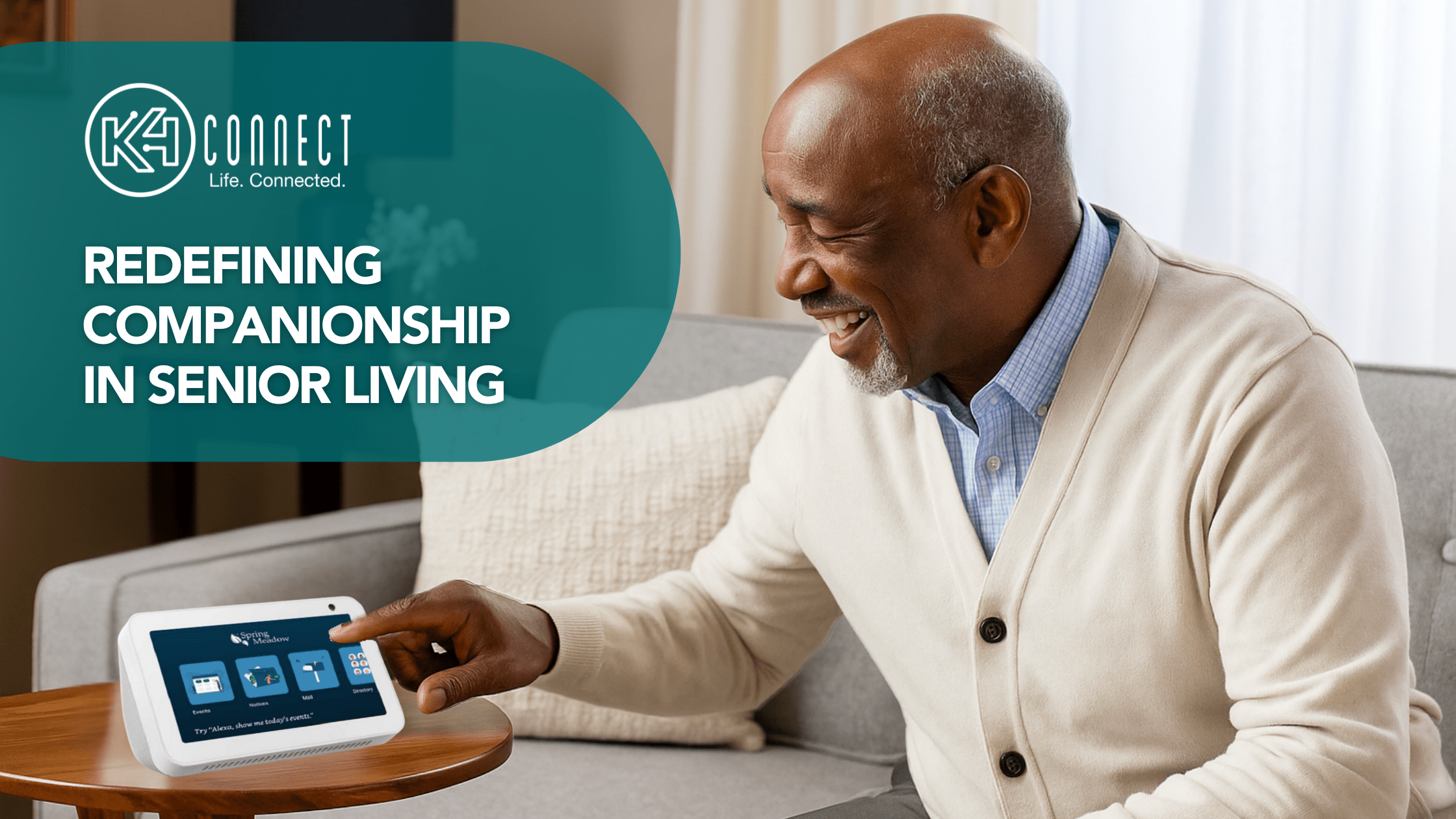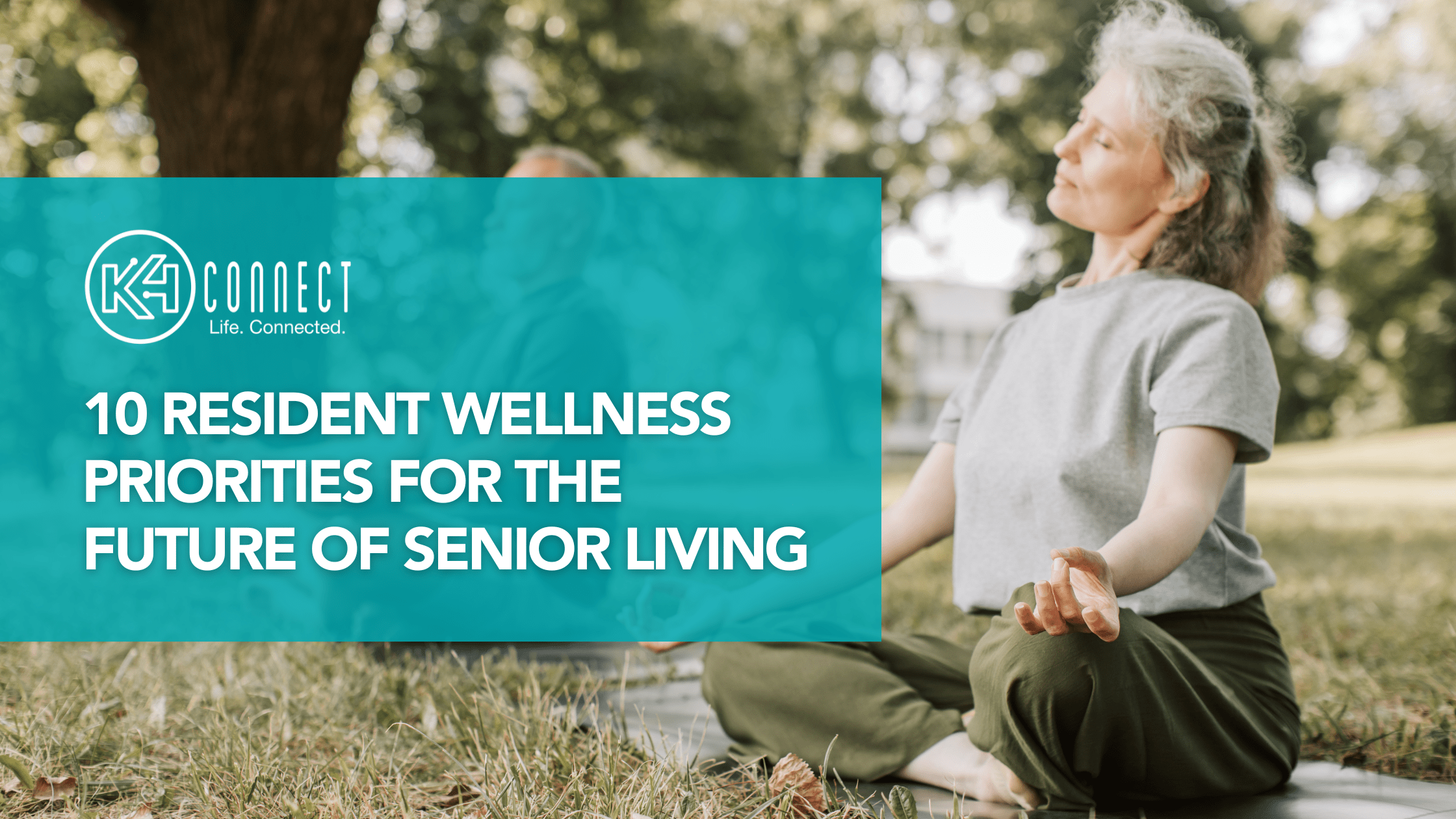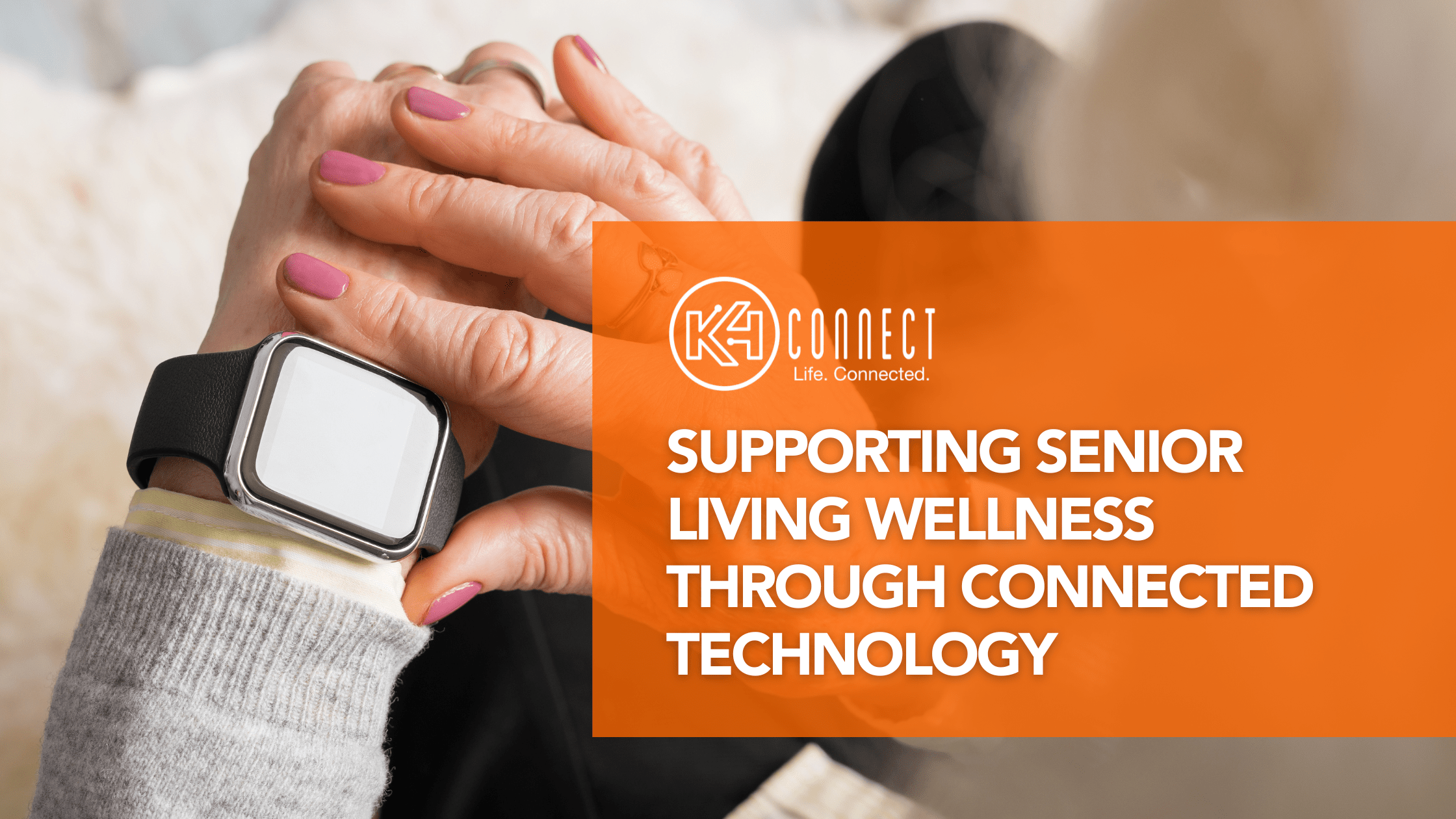K4Connect attended Ziegler’s Senior Living Finance & Strategy Conference in San Antonio, where industry leaders tackled growth strategies, governance, technology, and resident expectations. In this recap, we highlight the key themes shaping the future of senior living—and how K4Connect partners with operators to bring them to life.
Continue readingKey Takeaways From The NIC Fall 2025 Conference
The NIC 2025 Fall Conference highlighted three themes shaping the future of senior housing: renewed investor confidence, data as a competitive advantage, and the growing potential of AI. From robust capital interest to the power of data-driven insights and practical AI applications, industry leaders are aligning around strategies to meet the demands of an aging population. At K4Connect, these insights reinforce our commitment to empowering providers with technology that drives smarter operations and better resident experiences
Continue readingWhy Integration Matters for the Future of Assisted Living
Joe Velderman explains why integration is key to senior living’s future, from AI readiness to better care and resident outcomes.
Continue readingWhy Every Senior Living Community Needs a Wellness Program
Wellness in senior living is the foundation for thriving communities. By leveraging technology and integrated solutions, providers can deliver programs that support the 7 Dimensions of Wellness, reduce staff burden, and enrich the lives of residents and families alike.
Continue readingDebunking The Top 5 Myths About AgeTech
Discover how older adults are redefining what it means to age with technology, and why it’s time to let go of outdated myths about aging and innovation.
Continue readingRedefining Companionship In Senior Living
Discover how AI companions are helping older adults feel less isolated and more connected— offering conversation, comfort, and cognitive support through everyday interactions.
Continue readingCracking the Code: Overcoming IT Challenges in Senior Living
We’ll break down five of the most common challenges IT leaders face in senior living today, along with practical strategies to help overcome them and turn those obstacles into real opportunities.
Continue reading6 Reasons Senior Living Is Investing In Data Analytics
Discover the top 6 reasons why senior living communities are investing in data analytics, transforming insight into action through smarter operations, better care, and deeper engagement.
Continue reading10 Resident Wellness Priorities For the Future of Senior Living
Senior living is evolving, and resident expectations are leading the way. Discover the top 10 wellness priorities that are shaping the future of aging.
Continue readingSupporting Senior Living Wellness Through Connected Technology
Senior living is evolving with resident wellness-focused innovations that enhance health, engagement, and well-being.
Continue reading